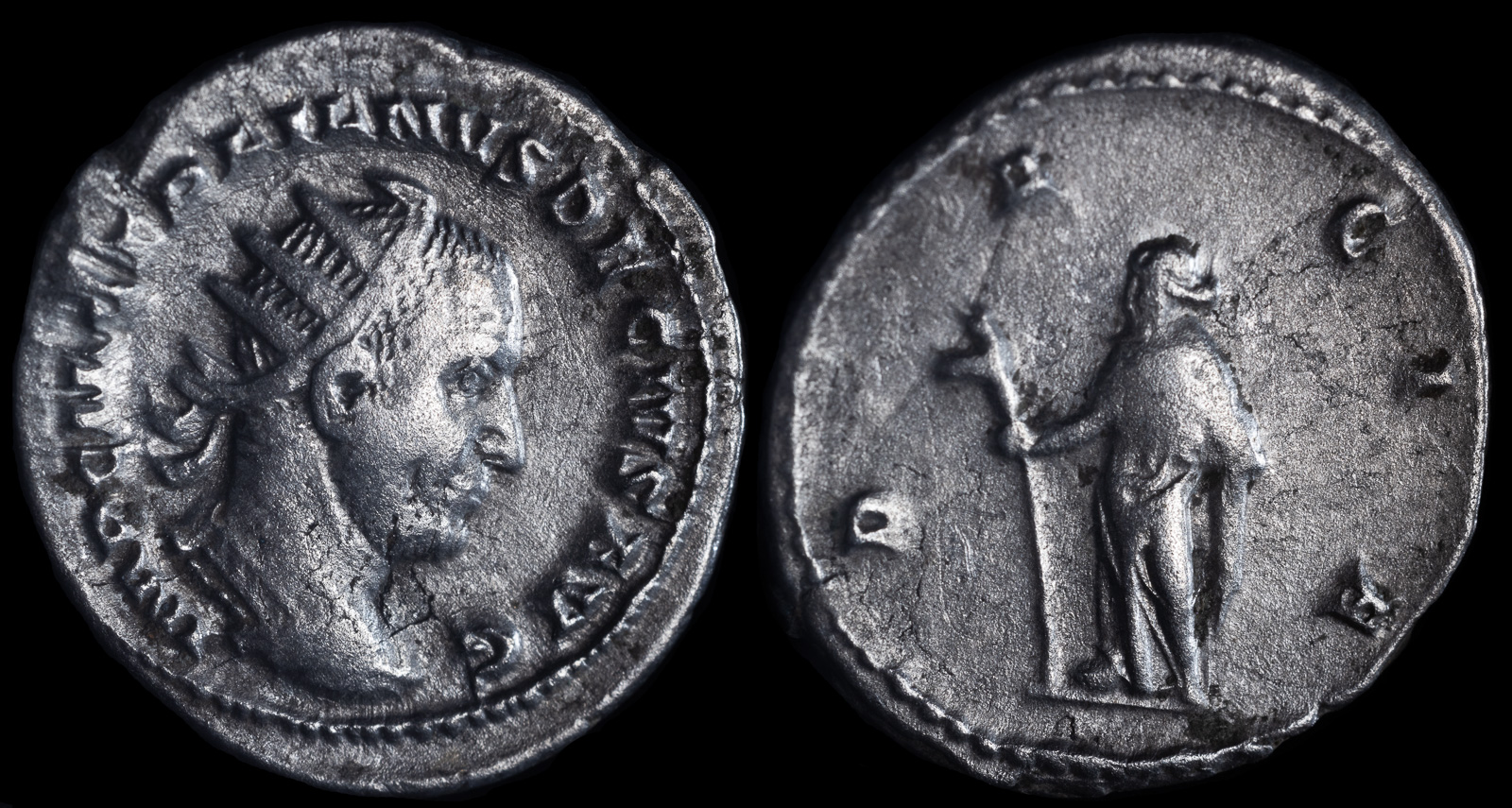Dacia
View All Tags
The history of Dacia as an identifiable entity begins with the establishment of a Dacian kingdom, which rose to prominence in the 1st century BCE under the leadership of Burebista. Burebista unified various Dacian tribes into a powerful kingdom that extended across the Carpathian Mountains and the surrounding areas, including parts of present-day Hungary and Bulgaria. His reign (circa 82–44 BCE) marked the height of Dacian power, and he even expanded Dacia’s borders, confronting both internal and external threats. His kingdom became a significant player in the Balkans, and he sought to forge alliances with neighboring tribes, including the Scythians and the Thracians, as well as counter the influence of the Greek and Roman powers in the region.
Following Burebista’s assassination in 44 BCE, Dacia entered a period of fragmentation, with various tribal leaders and kings vying for control. This led to a weakened kingdom, which struggled against external pressures. The most significant of these was the rising power of Rome, which, under the leadership of Emperor Augustus and later Trajan, became increasingly interested in securing Dacia’s rich mineral resources, particularly gold from the region around the Orăștie Mountains. The Dacians, despite their initial resistance, were ultimately conquered by the Romans in 106 CE, after the Dacian Wars led by Emperor Trajan.
The Roman conquest of Dacia was a significant turning point in the history of the region. Following the defeat of the Dacians, Emperor Trajan established the Roman province of Dacia, integrating it into the vast Roman Empire. The conquest was marked by the construction of a series of fortresses and military roads, and the area became an important part of the Roman Empire’s eastern frontier. Roman rule in Dacia lasted until the early 3rd century CE, when, facing increasing pressure from barbarian invasions and Roman political instability, the Roman Empire decided to withdraw from the province around 271 CE. The Romanization of the region had a lasting impact, particularly in the spread of Latin language and Roman customs, which would later form the basis for the Romanian culture and language.

Trajan Decius
Rome 249-251 CE
AR Antoninianus 23mm, 4,84g
Obverse: Radiate, draped, and cuirassed bust right;
Reverse: Dacia standing left, holding staff
RIC-12B; RSC-16